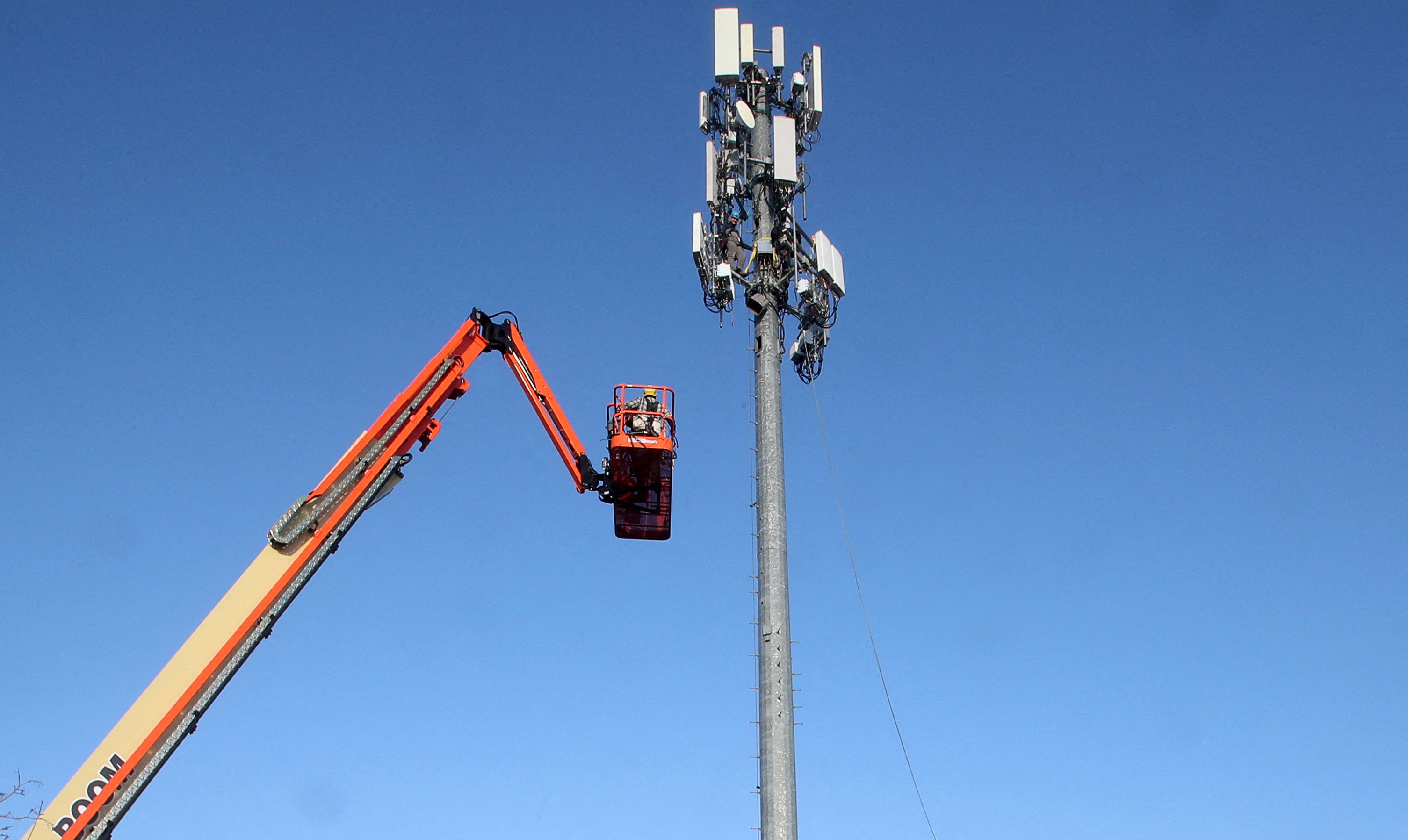The agency sought input from the aviation community where the proposed buffer zones would help reduce the risk of disruption. Traffic volume, the number of low-visibility days, and geographic location factored into the selection.
The 5G operators agreed to turn off transmitters and make other adjustments near these airports for six months to minimize potential 5G interference with sensitive aircraft instruments used in low-visibility landings.
After requests from both a major airline trade group — Airlines for America — the Federal Aviation Administration, AT&T, and Verizon recently delayed rolling out the new 5G service.
According to authorities, 5G near dozens of airports could interfere with Altimeters that measure airplanes' height above the ground. Altimeters are crucial devices to conduct low-visibility landings. According to the FAA, aircraft will be required to have an altimeter that has been proven to be accurate and reliable in the U.S. 5G C-band environment.
The FAA said it was continuing to work with the aerospace manufacturers and Telekom operators to make sure 5G is safely deployed and to limit the risk of flight disruptions at all airports.

